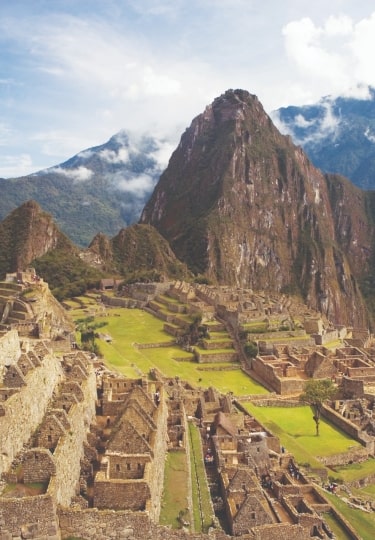The best time to visit Machu Picchu for fewer crowds is during April and May, once the rainy season has passed, or in October, after the winter high season.
However, even during the peak season, June to August, both the Inca Trail (the famed multi-day trek to reach the sacred site) and Machu Picchu itself have capped daily tickets.
While these measures were put in place to help protect and conserve the ancient citadel, they also mean that, in theory, visitor numbers should be fairly managed regardless of what time of year you visit.
Visiting Machu Picchu By Season
Summer
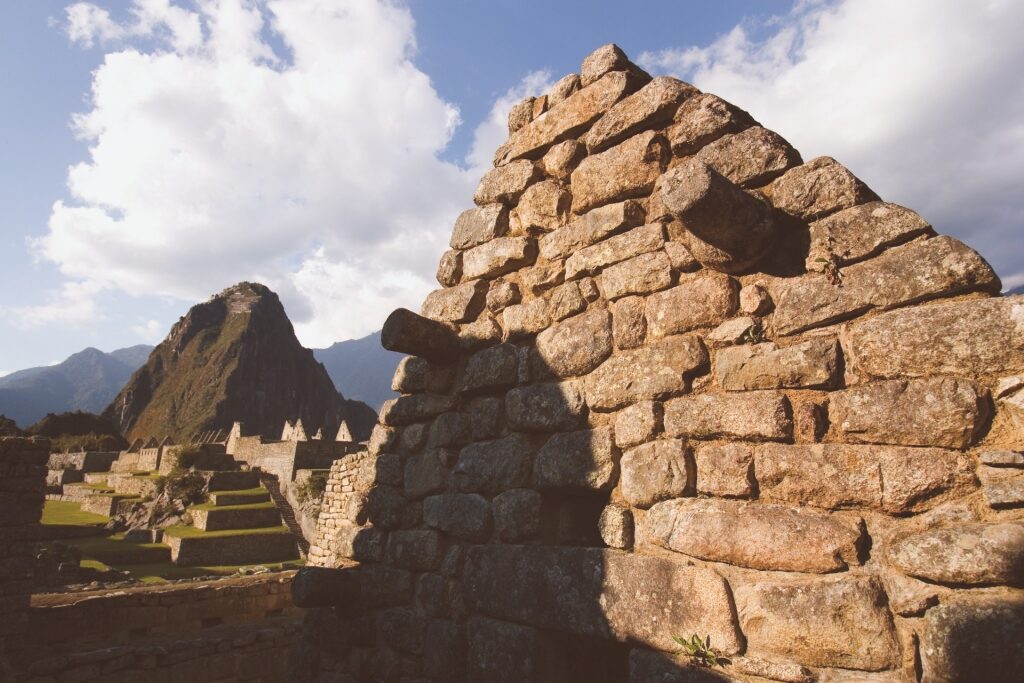
Machu Picchu
Summer in Peru runs from late December to mid March, and while the temperatures stay relatively warm thanks to the semi-tropical climate in this part of the country, it is actually the wettest time of year to visit.
Daytime temperatures hover around 79°F (26°C), with the evening’s mercury falling to 55°F (13°C). If you don’t mind some (sometimes heavy) showers, this could be the best time to go to Machu Picchu as visitor numbers usually fall sharply.
In February, the Inca Trail closes for the whole month, and the weeks on either side also see a reduction in hikers due to the harsh conditions. While the wildflowers and orchids blooming during the wet season may tempt a few hikers, in general, this is when you’ll find the historic attraction at its most somber.
Fall
Fall in Machu Picchu lasts from late March until June, with temperatures ranging between 54°F and 77°F (12°C to 25°C).
With the rainy season ending in late March, April and May are often seen as the best time to visit Machu Picchu before the main hiking and tourism season starts in June. Crowds are slowly starting to swell inside the South American landmark, however, they are far from reaching their peak.
With a verdant backdrop courtesy of the previous months’ rain, Machu Picchu appears both enchanting and mystical during fall. The Inca Festival of the Sun (Inti Raymi) occurs at the end of June, essentially marking the start of driest winter months.
Winter
From late June to late September, winter delivers Machu Picchu’s driest days and, thus, the highest number of visitors.
While it’s slightly cooler, with temperatures ranging from 48°F to 77°F (9°C to 25°C), the distinct lack of rain means Machu Picchu is usually at total capacity. Numbers are capped, but still, you might find it harder to get that perfect shot that makes it look as though you were all alone in the citadel.
While on paper, the weather makes this appear to be the best time to go to Machu Picchu, you might find the shoulder season (and fewer visitors) a more tempting time to visit.
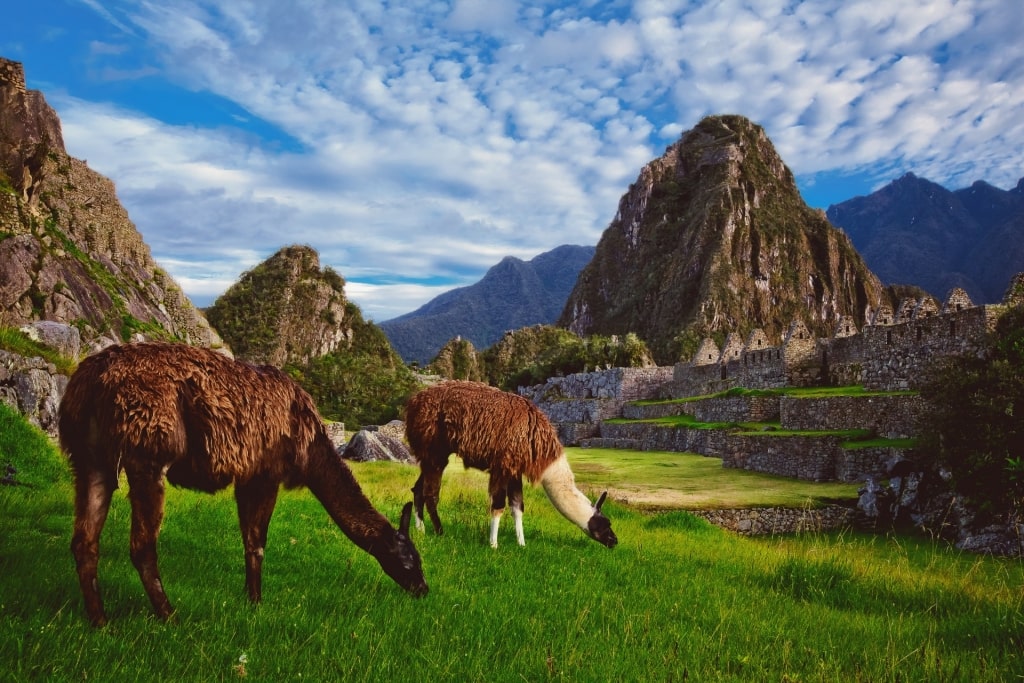
Machu Picchu
Spring
Spring, which lasts from late September to late December, has reliable temperatures between 52°F at night (11°C) to a warm 79°F (26°C) by day.
With the peak-season travelers, hikers, and pilgrims dwindling, you’ll find a slightly more serene setting at Machu Picchu during these months. By late November and early December, visitor numbers have fallen further in anticipation of the rainy season.
When Is Rainy Season?
The rainy season in Machu Picchu is usually from November to March, with rain levels varying across the months.
Because of the semi-tropical climate, unlike on the coast, the temperatures around this part of Peru are at their highest during the rainy season, so showers aren’t necessarily too chilly or, indeed, at monsoon levels.
Rains can come and go relatively quickly if luck is on your side, and there is usually plenty of sunshine to enjoy during this period too.
When Is High Season?
Machu Picchu’s high season is during the winter, specifically the months of June to August.
For hikers, this is usually the best time to go to Machu Picchu, as even though evening temperatures are a little lower, minimal to no rain makes the trails most attractive.
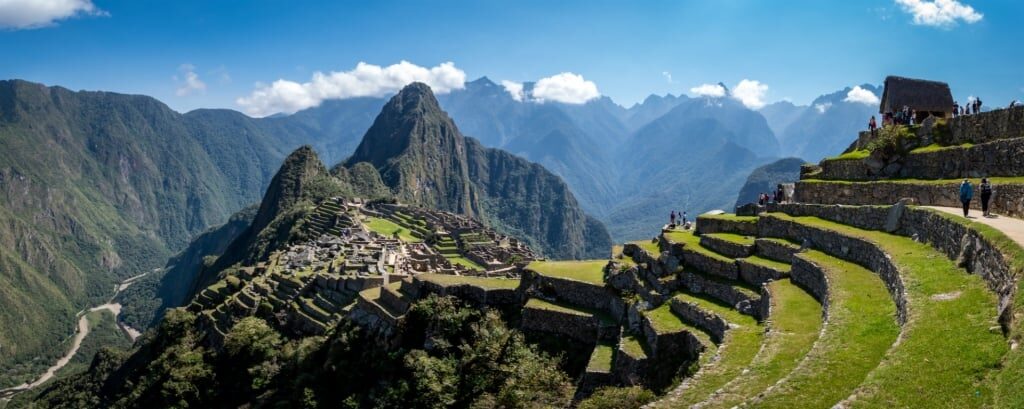
Machu Picchu
When Is Shoulder Season?
During April and May, or October and November (and, at a push, December), Machu Picchu experiences its shoulder season.
With mostly clear, dry days, this is often regarded as the best time to visit Machu Picchu for the sacred site alone. As the evenings are slightly chilly, hiker numbers usually reduce to avoid the cooler evenings camping out.
This means that while the weather for daytrippers is pretty similar to the high season, there can be fewer travelers overall visiting the site.
When Is Low Season?
The low season at Machu Picchu aligns with the warm and wet summer months between late December and late March.
While for some, who don’t mind a gamble on the weather, it may be tempting to visit Machu Picchu during this time for fewer crowds. But the chances of rain are high, meaning that for a once-in-a-lifetime trip, it’s likely a risk best avoided.
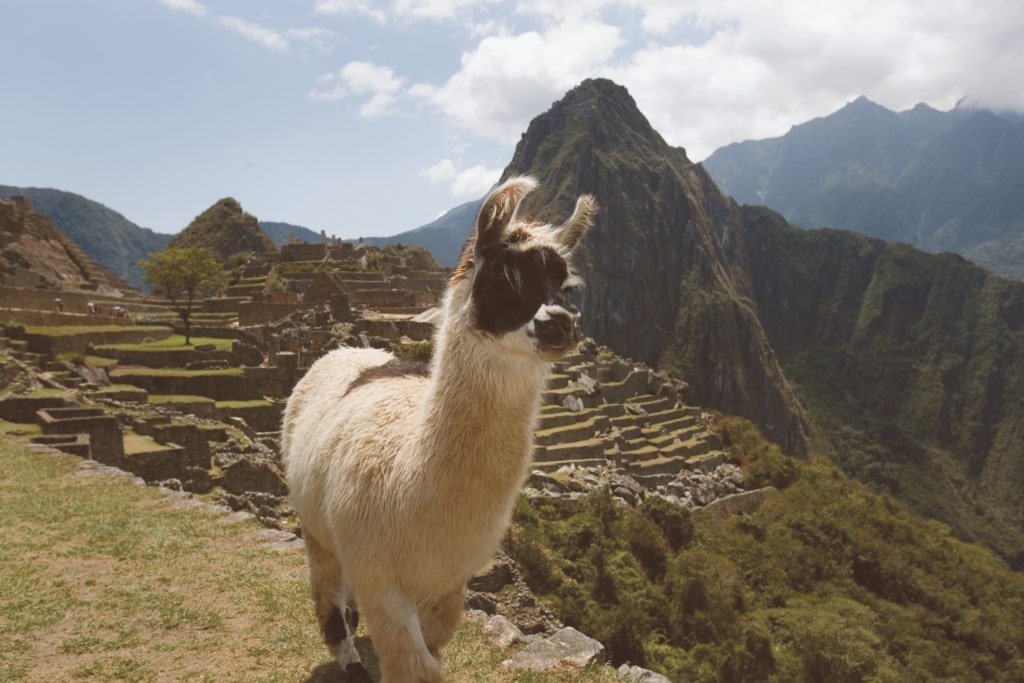
Llama
Interested in visiting Machu Picchu’s citadel in the clouds? Browse Celebrity’s cruises to Machu Picchu to find your next dream vacation.
